By Ken Rosenthal, Chandler Rome, Will Sammon, Tim Britton and Eno Sarris
The New York Mets are trading pitcher Justin Verlander to the Houston Astros, a league source told The Athletic. Here’s what you need to know:
The Mets will receive outfielders Ryan Clifford and Drew Gilbert, according to a team source.
Verlander was in his first season with the Mets after signing a two-year, $86 million deal with a vesting option for 2025. In 2023, he is 6-5, with a 3.15 ERA and 1.145 WHIP.
Verlander, who on Sunday picked up his 250th career win, was previously traded in 2017 to Houston from the Tigers. He helped the Astros to a World Series title that fall and another in 2022.
The Verlander trade follows the Mets sending Max Scherzer to the Texas Rangers in exchange for minor league INF/OF Luisangel Acuña.
The Athletic’s instant analysis:
How Verlander ended up back in Houston
This could have been engineered eight months ago, after Verlander won his third Cy Young Award, authored perhaps the best season of his Hall of Fame career and capped it off with Houston’s second World Series championship.
Instead, Astros owner Jim Crane stuck to the same philosophy he’s held his entire tenure. He made Verlander an offer he was comfortable with and didn’t budge. Verlander signed a two-year, $86.6 million deal with the Mets and, afterward, Crane told the Houston Chronicle it “got to a number we couldn’t match.”
Circumstances shifted and forced Crane to overcorrect. He did not sign any starting pitching depth this winter while overseeing the team’s baseball operations department. Three of his returning starters suffered long-term injuries. Two — Lance McCullers Jr. and Luis Garcia — are out for the season.
Garcia, McCullers and José Urquidy’s injuries are well-documented, but more concerning leaks have sprung in Houston’s rotation since the beginning of June. Framber Valdez has battled inconsistency. Cristian Javier hasn’t responded well to an increased workload. Rookies Hunter Brown and J.P. France have been steady, but relying on them for a full season feels tenuous.
Since June 5, a span of 48 games, Houston’s starting rotation has a 4.56 ERA and a 4.83 FIP. Across that span, only seven rotations had a higher WHIP than Houston’s 1.37 clip. Five of them belong to non-contending teams: the Colorado Rockies, Washington Nationals, St. Louis Cardinals, Chicago White Sox and Pittsburgh Pirates.
Another is the Texas Rangers, who acquired Scherzer on Saturday and Jordan Montgomery on Sunday, all but forcing the Astros to respond. Crane entered the fray and spearheaded the deal for Verlander, with whom he remains extremely close. — Rome
Dana Brown changes mind on prospectsz
The trade is the antithesis of everything first-year general manager Dana Brown projected throughout his first deadline in charge. Now, it’s fair to question who, exactly, is in charge.
Crane hired Brown, in part, to replenish Houston’s barren farm system, which is considered one of the five worst in the sport. All month, Brown seemed reticent to part with the few high-end prospects Houston had, projecting “sustainable winning” while acknowledging he “really wouldn’t want to give up the farm.”
On Tuesday, he basically did. By all accounts, Gilbert and Clifford were two of the team’s top prospects. Gilbert was the best, a former Tennessee outfielder and first-round pick whom some in the organization — including Brown — believed could have been on the big-league roster in September. Gilbert struggled to start his Double-A career, but rebounded just before the trade deadline.
To pry him away from his commitment to Vanderbilt, Houston gave Clifford a $1,256,530 signing bonus after selecting him in the 11th round of the 2021 draft. He slashed .291/.399/.520 across both A-ball levels this season.
The Astros did have a surplus of outfielders at the upper minor leagues, but parting with these two players is a steep price, one Brown didn’t project he was willing to pay. — Rome
How did the Mets get here and what comes next?
In a winter defined by spending, one of the first marquee names to sign with the Mets ahead of the 2023 season was Verlander. The Mets added the future Hall of Famer — who was coming off the best season ever authored by a 39-year-old pitcher — to replace Jacob deGrom, who fled to Texas in free agency, leaving a void alongside Scherzer atop New York’s rotation. At his introductory press conference, Verlander said he joined the Mets because he believed in billionaire Steve Cohen’s ability to invest heavily for a winning club. Cohen did his part. He kept spending. The Mets achieved a record payroll. From there, though, nothing went according to plan. Verlander missed the first month of the season with a minor injury. Then, he pitched inconsistently before turning things up over the last several weeks. By then, it was too late; the Mets had already stumbled too far down the standings.
So, the Mets have changed course. For the last handful of days, the Mets fielded calls on Scherzer and Verlander. They then traded Scherzer, which led Verlander to openly reconsider how he felt about the Mets. Scherzer, assuming he’d exercise his player option, would’ve been in New York for 2024. Previously, Verlander had said he was committed to the organization because it remained committed to winning. Turns out, the Mets may not be as all-in for 2024 as they were for 2023. Thus, the situation changed. In addition to impending free agent Tommy Pham, there’s a distinct possibility that more players under contract beyond 2023 could get moved. — Sammon
What the Mets get back
Evaluators view Gilbert as a high-energy player with an ability to play center field. He projects as a plus-runner and solid defender with a good combination of a hit tool and the ability to hit for power. Clifford is viewed as a corner-outfield type with plus raw power. While Clifford was taken in the 11th round of the draft, it’s important to note he was an over-slot guy; he was headed to Vanderbilt and the talent, particularly of occasional plus-plus power has been there. — Sammon
What does this mean for New York in 2024?
It means what Billy Eppler said on Sunday: that the Mets will not enter 2024 as serious contenders for a championship. Say what you will about Verlander and Scherzer not living up to their contracts or their pedigrees this season; they were still useful pieces now and into the very near future, and New York will have to replace them. The difficulty of that task is likely to be highlighted over these next two months as the Mets hold tryouts.
Right now, their 2024 rotation consists of Kodai Senga and Jose Quintana, the latter of whom might not still be on the team to make his start tonight.
Eppler’s other comments Sunday also presage a less aggressive approach in free agency. The Mets had viewed Verlander and Scherzer as bridges, pieces that could be successful in the majors until the farm system had been built up enough so the club didn’t have to spend as much in free agency. But that bridge is gone, the farm system is not ready to replace it, and the best options in free agency will require significantly longer commitments than two or three years. Eppler said Sunday the club prefers free agents who complement an existing core rather than ones who compose it. That doesn’t sound like a guy about to offer Shohei Ohtani $500 million or more. — Britton
Verlander’s efficiency
Don’t let the strikeout rate fool you, Verlander is still a difference-maker. By pairing a top-10 slider (among starters with minimum 50 innings pitched, by Stuff+) with a good curveball, average changeup and average fastball — and adding in the ability to command those pitches, as well as a high Moxy+ and Pitchability+ — he can still bang. He’s a top-10 pitcher. Even at 40 years old. Even with his worst fastball velocity in seven years.
Perhaps as a response to the fact that sliders are being hit harder this year than ever, Verlander has dialed back the usage on that breaker. That might have something to do with the missing strikeouts. Here’s a bet that a return to the organization for which he had his highest strikeout rates will help him find the missing whiffs.
In any case, the Astros had a need for a front-line starter this year. Javier’s fastball has gone missing, and though youngsters Brown and France have been revelations, manager Dusty Baker will feel a lot better penciling in a future Hall of Famer next to Valdez at the top of a rotation that’s most likely going to play in October again. — Sarris
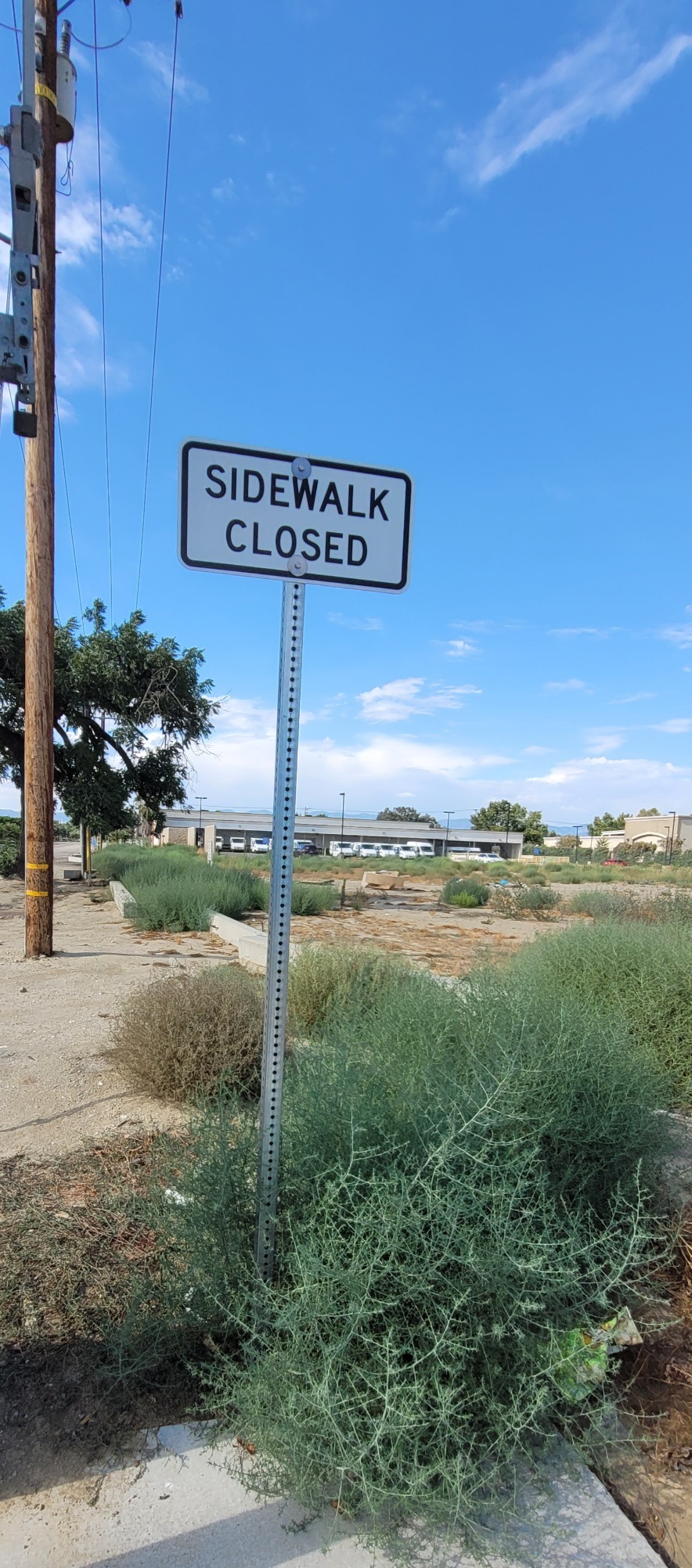
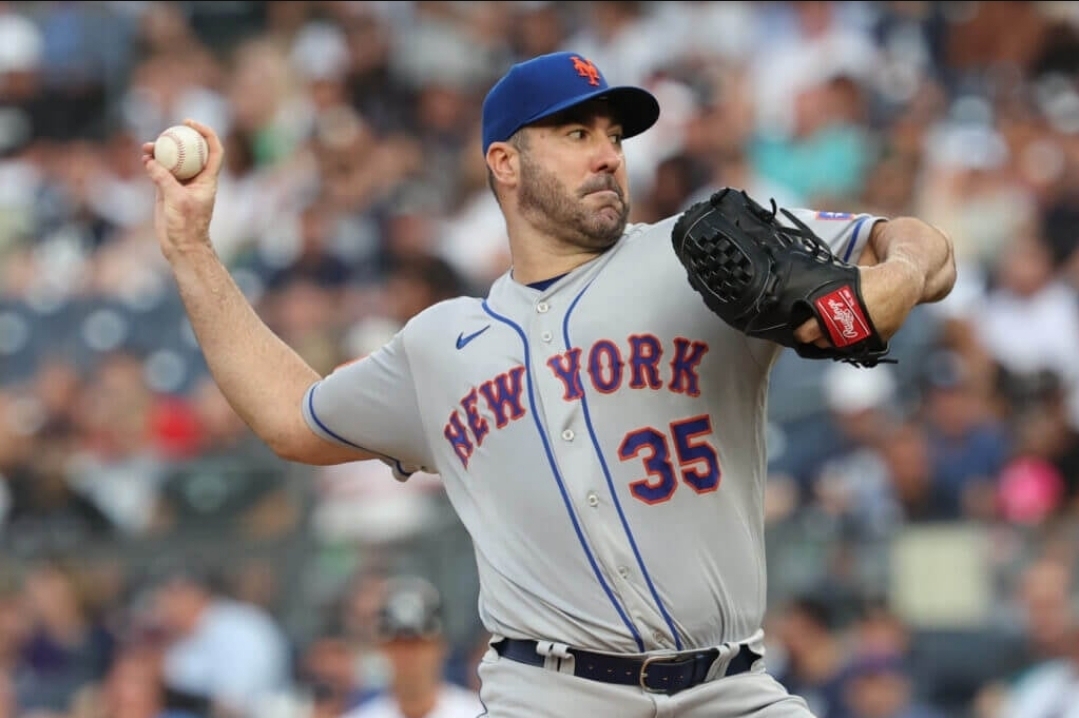
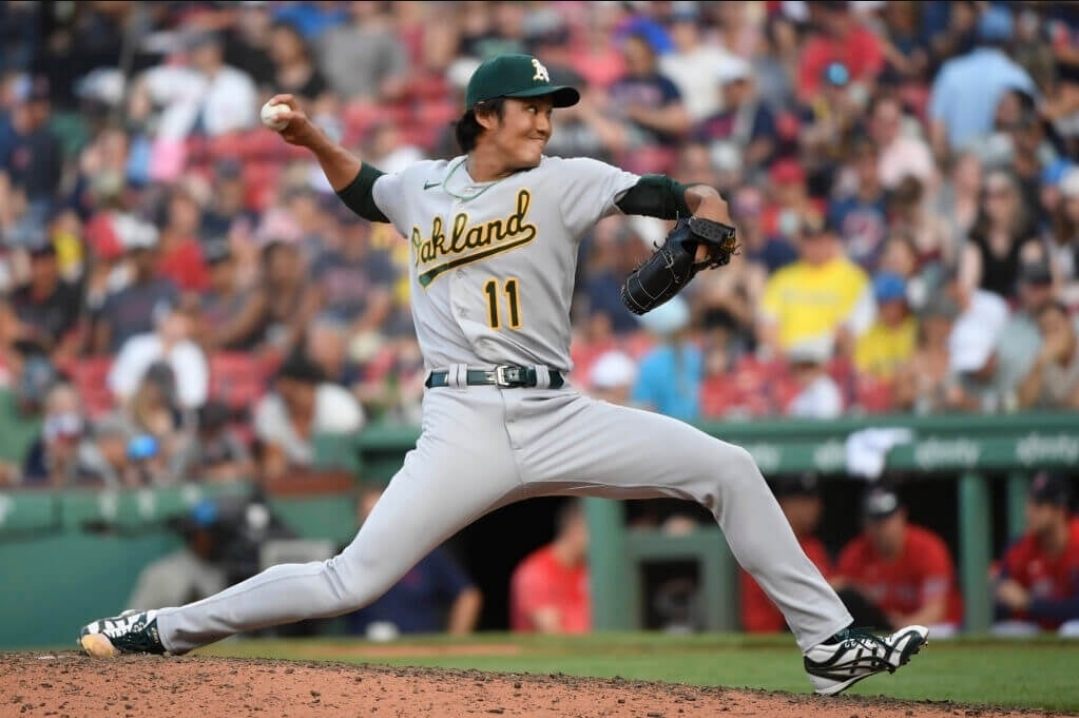
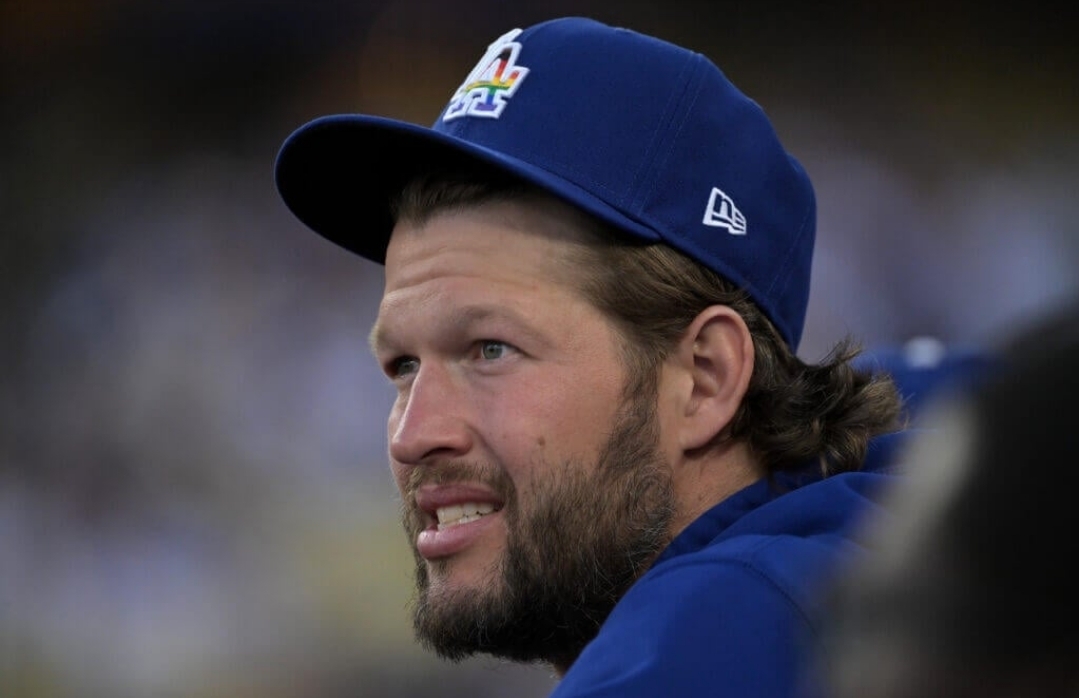
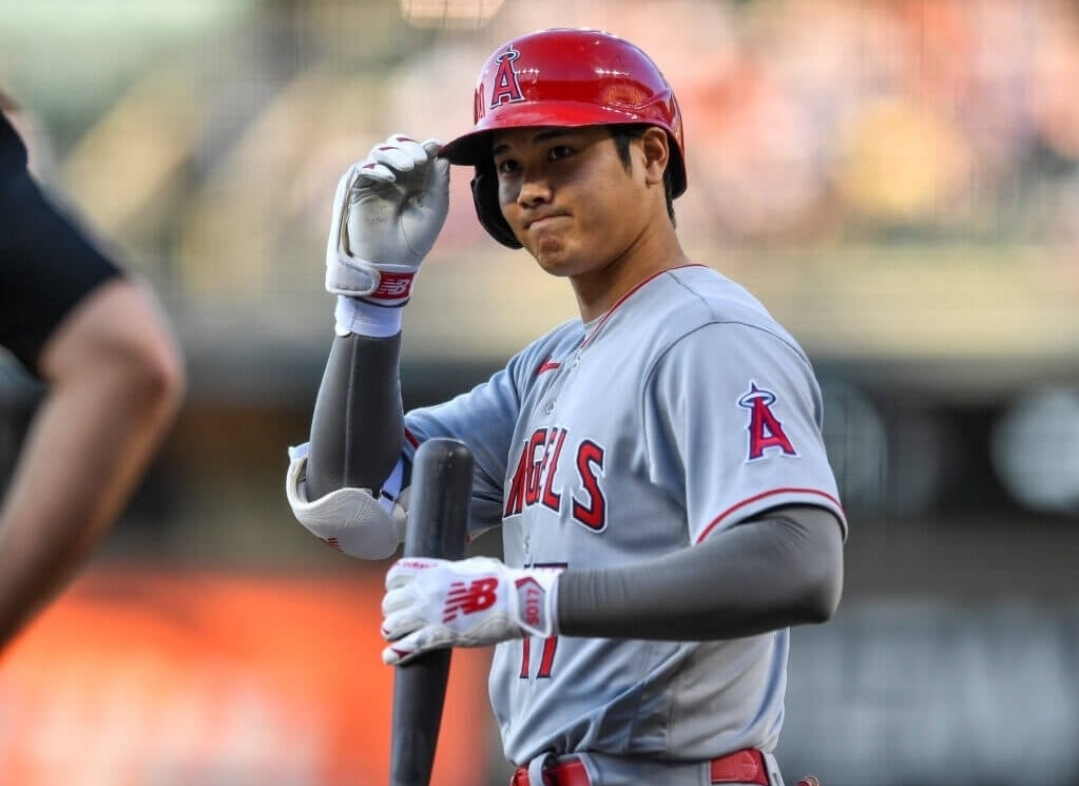
Re-recording mixer would be more accurate. Engineer is more a music thing I think. Regardless, designer Mark Mangini knows this is an issue for example due to theater mixes being a priority over a basic stereo mix. This is an issue in action films (I can't imagine a drama would have this huge an issue, less dynamics) and as long as the mixers have to prioritize the Atmos theater mixes n shit and the studio doesn't want to pay for a great home stereo mix, the dynamics issue will continue